The Carbide3D Nomad 883 Pro‘s Create software can transform .jpg images into vector shapes which we can then use as guides for toolpaths. Here is a quick demonstration:
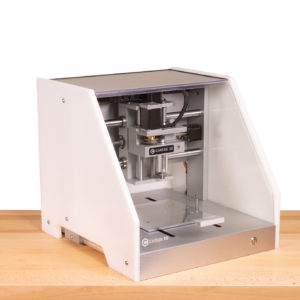
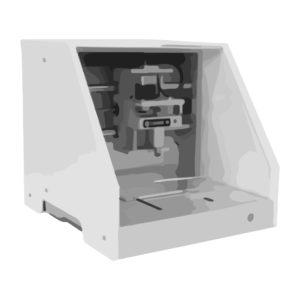
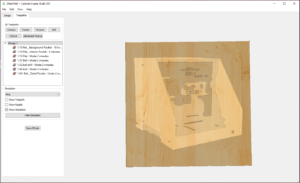
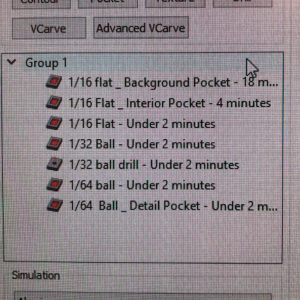
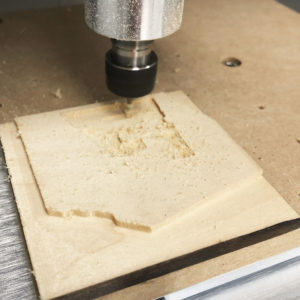
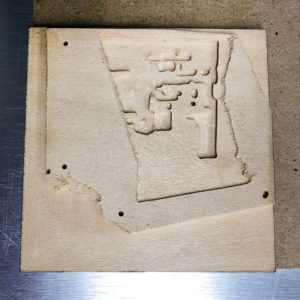
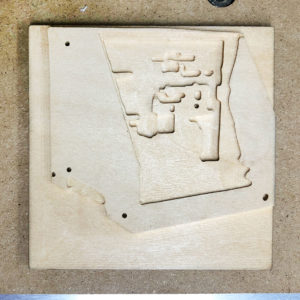







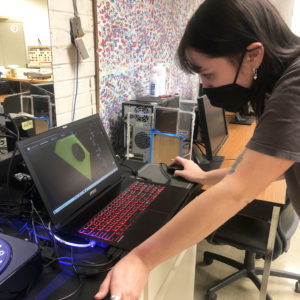
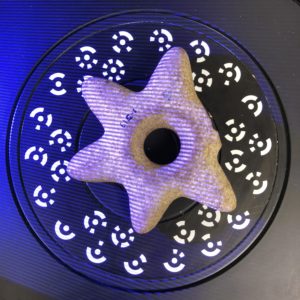
Bronson Leiro’s rapid-prototyped Art Machine entitled “Blumen Pad” was created to offer viewers the opportunity to experience the process of making art in a condensed and engaging way. Viewers choose a paint color and coat speakers housed inside the pad. Then, each individual speaker compartment is closed by the viewer with a clear acrylic panel. By pressing the buttons on the Blumen Pad’s surface, the viewer activates sounds that vibrate the paint, causing an organic splatter pattern to appear on the inside surface of the acrylic panels. After the viewer is satisfied with the splatter result, they can position the painted panels on the “Exhibition” to experience their splattered work on an illuminated display.
The structure has several parts manufactured through Digital Fabrication processes. The electronic and “splash surface” housing is 3D-printed PLA plastic, and the “splash surfaces” are laser cut acrylic panels.

The base of the “Exhibition” (image below) platform has a 3D-printed PLA and wood filament base that houses the electronics components and holds the laser cut acrylic panels.
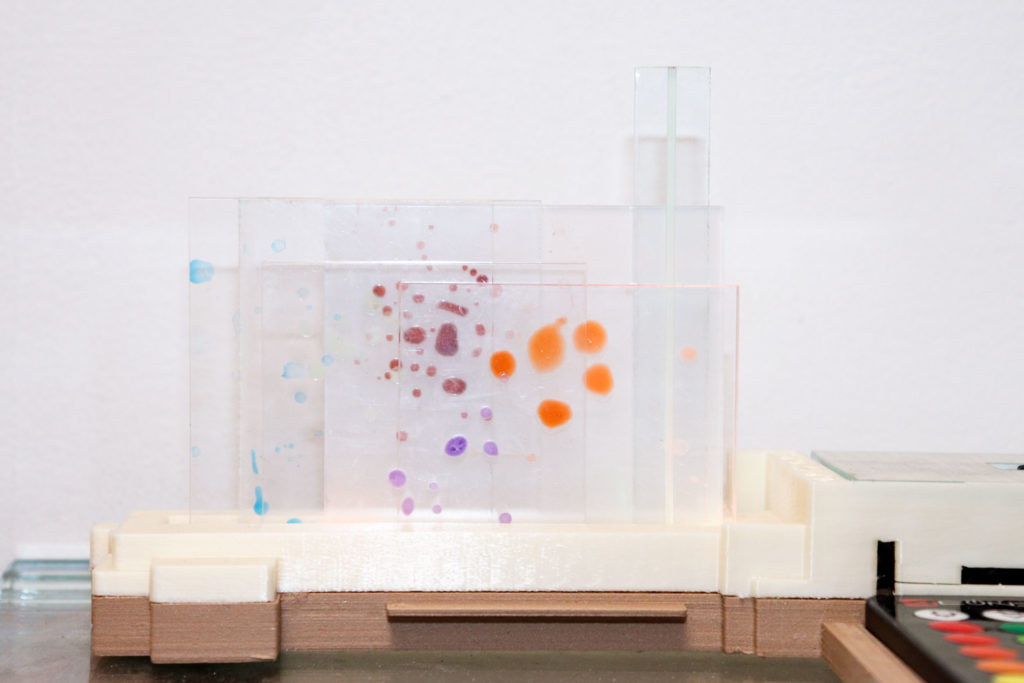
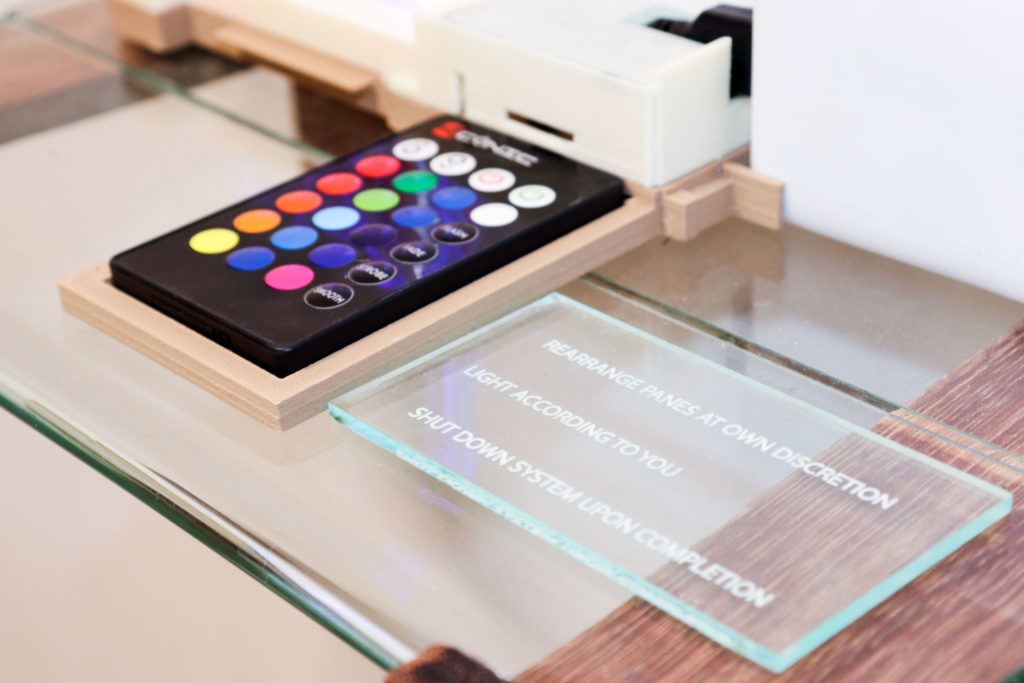
Visit Bronson’s instagram to see more of his work; his handle is @durbangrove.

Lilliana Reinoso is a visual artist exploring a diverse set of media, whose process includes rapid prototyping objects from open source museum artifact scans. Her series of artworks, Stolen Objects Quilts (RED 1/3, YELLOW, 2/3, BLUE 3/3), contains 3D printed recreations of widely known artifacts. Most of the 3D prints included in this series were created from open source 3D scans and printed with the Prusa i3 MK2S and MK2.5S.
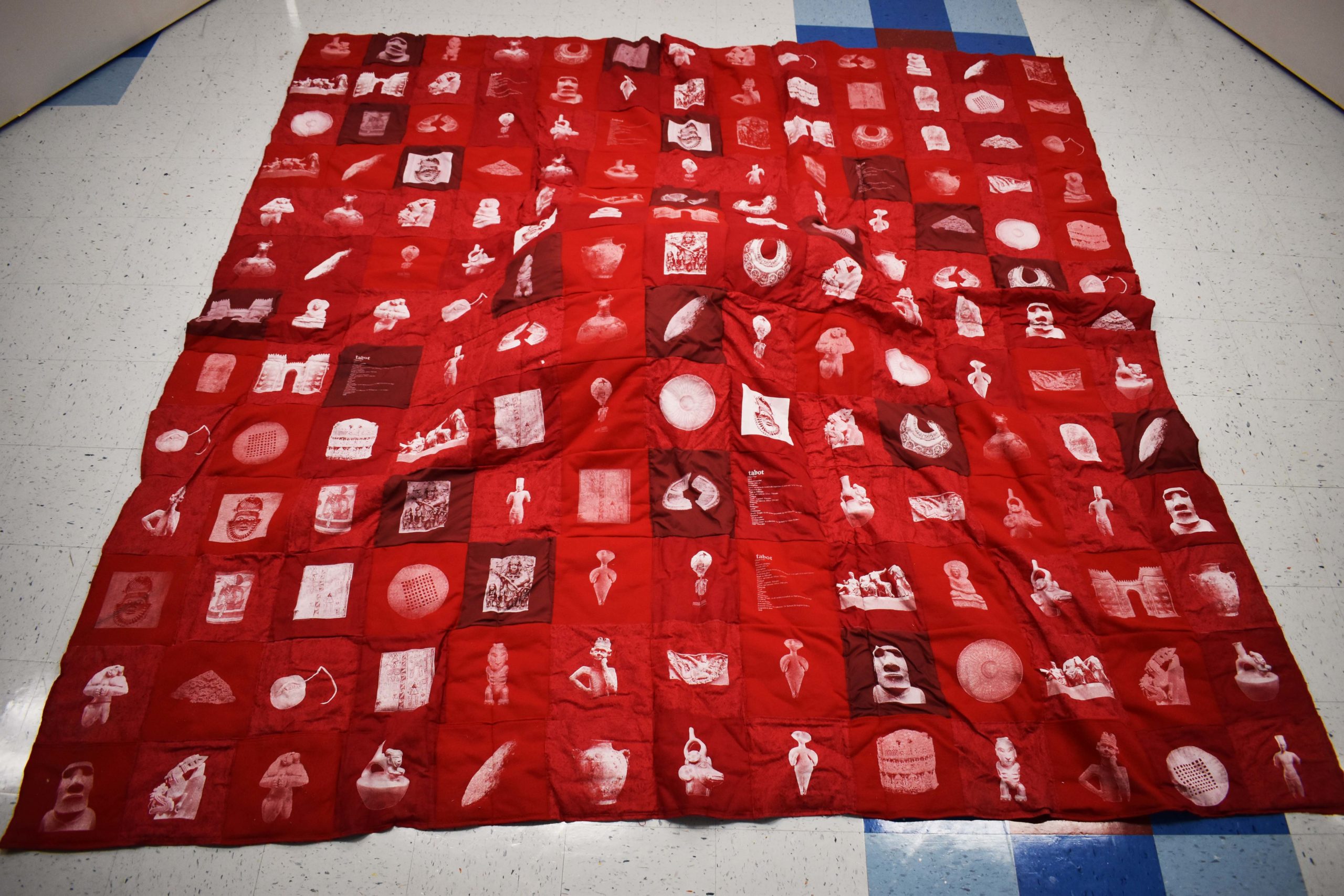 “How did you get here? Every object has a sequence that gets them from where they started to where they ultimately end up. Plastic bottles, cicadas, and even art pieces gradually move throughout their lifetime, from their place of creation, to landfills, dirt, auction houses, or museums. We may know how some things got to where they are today, but for many art pieces, that knowledge remains a mystery. The obstruction of that information is being used to deny or suppress the truth in the place of nationalistic narratives.
“How did you get here? Every object has a sequence that gets them from where they started to where they ultimately end up. Plastic bottles, cicadas, and even art pieces gradually move throughout their lifetime, from their place of creation, to landfills, dirt, auction houses, or museums. We may know how some things got to where they are today, but for many art pieces, that knowledge remains a mystery. The obstruction of that information is being used to deny or suppress the truth in the place of nationalistic narratives.
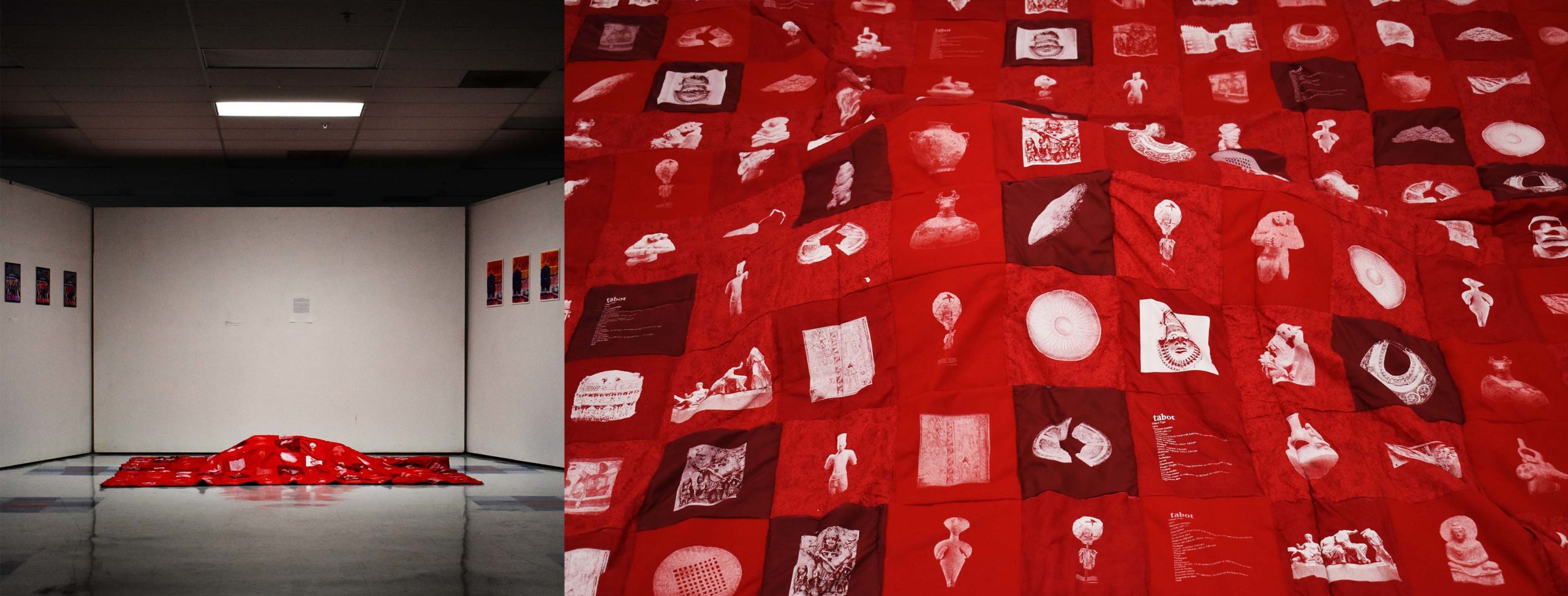
Where do you belong? Many western and imperial museums that purport to be “world museums’ display and hold art objects from cultures and peoples that were colonized. The institutional infrastructure does not dwell on this, instead steering the viewer to more comforting and cosmopolitan ideals such as a supposed mutual sharing of world cultures. The explanation of how Ethiopian tabots, Benin bronzes, and Maoi sculptures got to where they now sit, is euphemized and whitewashed. Sitting in glass cases at best, and forgotten inside boxes at worst, these objects are stripped of their identity.
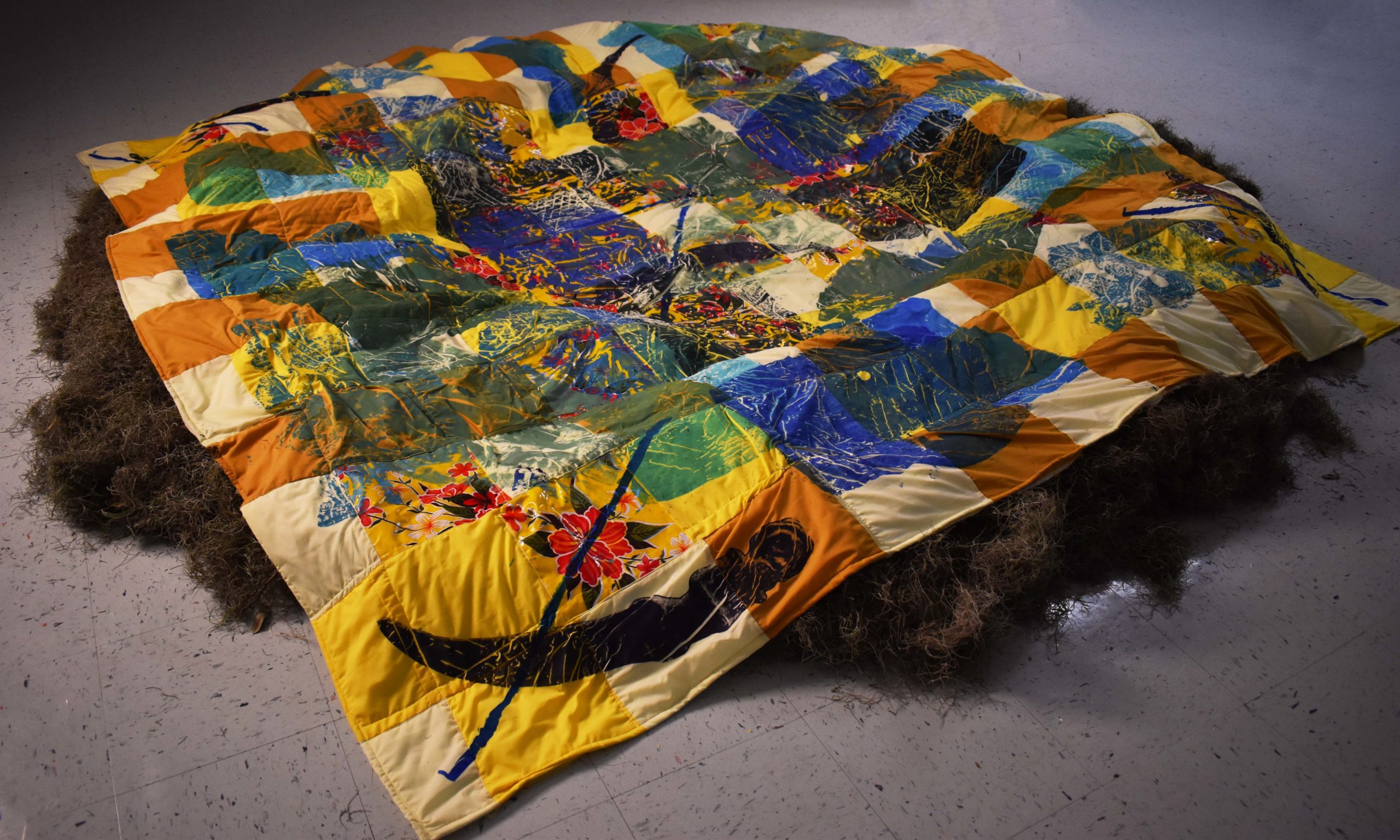

A quilt is often an intimate stitching of images and designs that reflect a culture. However, when tiles filled with personal and cultural significance are replaced with the taxonomy of stolen cultural patrimony, its usual nature is replaced with the sinking reality of these “world museums”. These objects have not been allowed to age within their culture and function organically. What is a statue of Harihara, a Cambodian deity from around 700 AD, doing in Fort Worth Texas? In the Kimbell Museum, this statue that once was a figure of religious admiration sits in a sterile gallery, far away from its original stewards, and robbed of its old life. These quilts, through joining together the images of stolen objects highlights how decontextualization is violence, and places their stolen lives within a large network of shared experiences.”
– Lilliana Reinoso
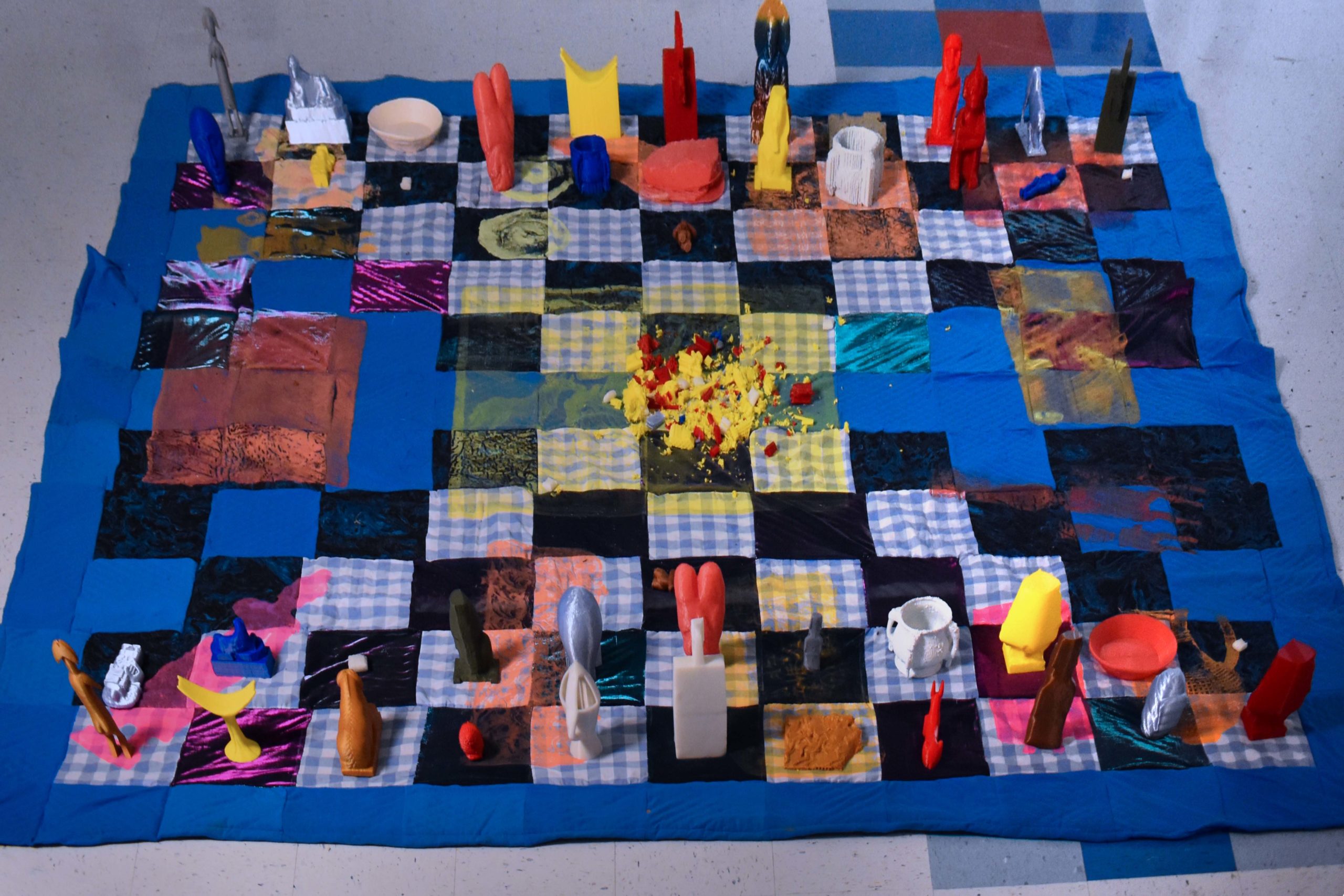

Artwork Information:
Stolen Objects Quilts (RED 1/3, YELLOW, 2/3, BLUE 3/3)
Lilliana Reinoso
2021
Screen-print, soft sculpture, chicken-wire, Spanish moss, 3d prints
19″ x 117″ x 117″
To see more of Lilliana’s artworks and learn more about her process and exhibitions, visit her Instagram.
Deeply rooted in the concept of a Fab Lab is the notion of “data in, data out,” meaning we share information through open source networks to localize the production of objects, enabling makers to create with local materials and resources.
With sustainability in manufacturing and supply chain a priority for many across the globe, Fab Labs offer resources and space to design and innovate with material and fuel the global initiative to reduce carbon footprint, minimize landfill waste, and other factors that lead to undesirable climate change.
Rising alongside platforms like GitHub, GrabCAD, MakerBot Thingiverse, Cults, and Youmagine, which are repositories for code and design, Open Materials Database and Materiom are two of the resources that exist for those willing to engage in the effort to create sustainable solutions for object manufacturing.
You can find some of our contributions made by the Digital Media Fab Lab research staff published on Materiom.
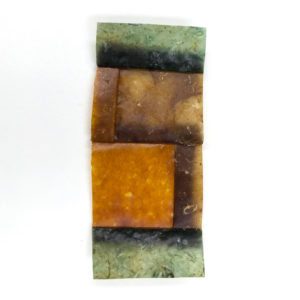
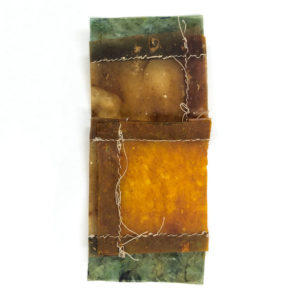

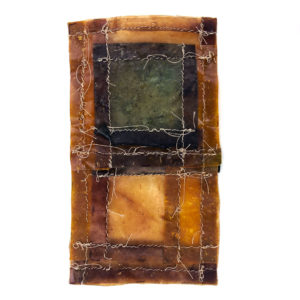
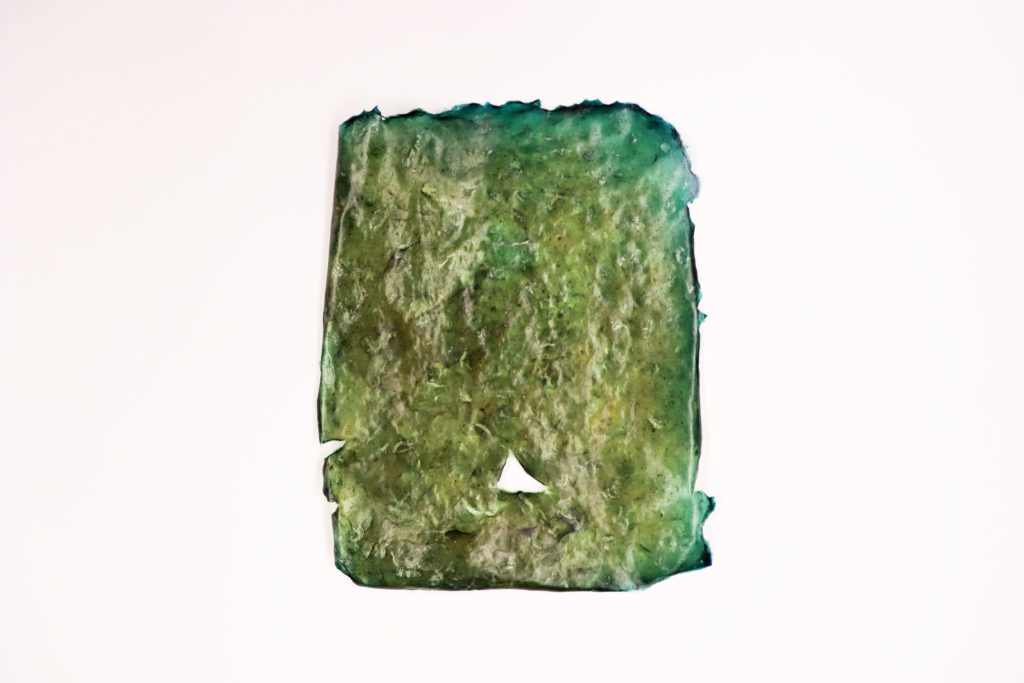
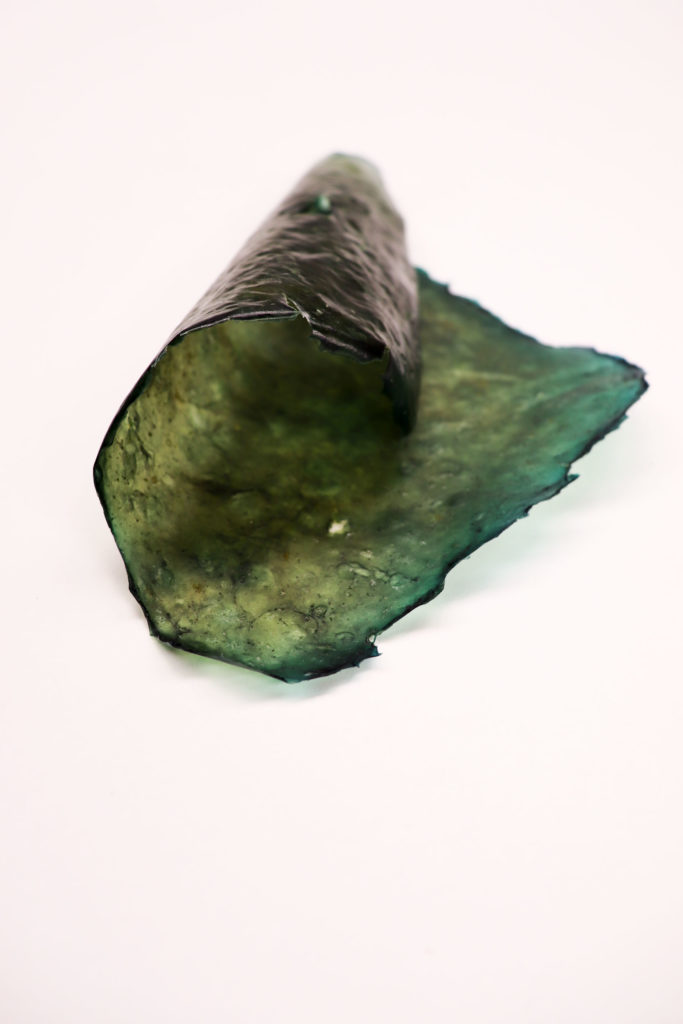
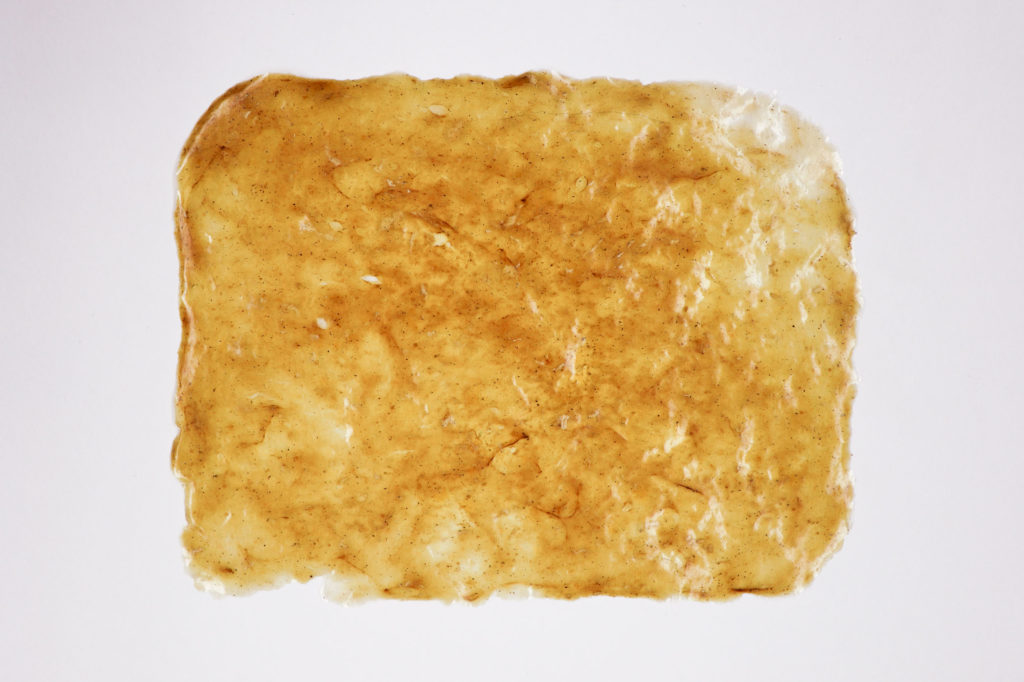
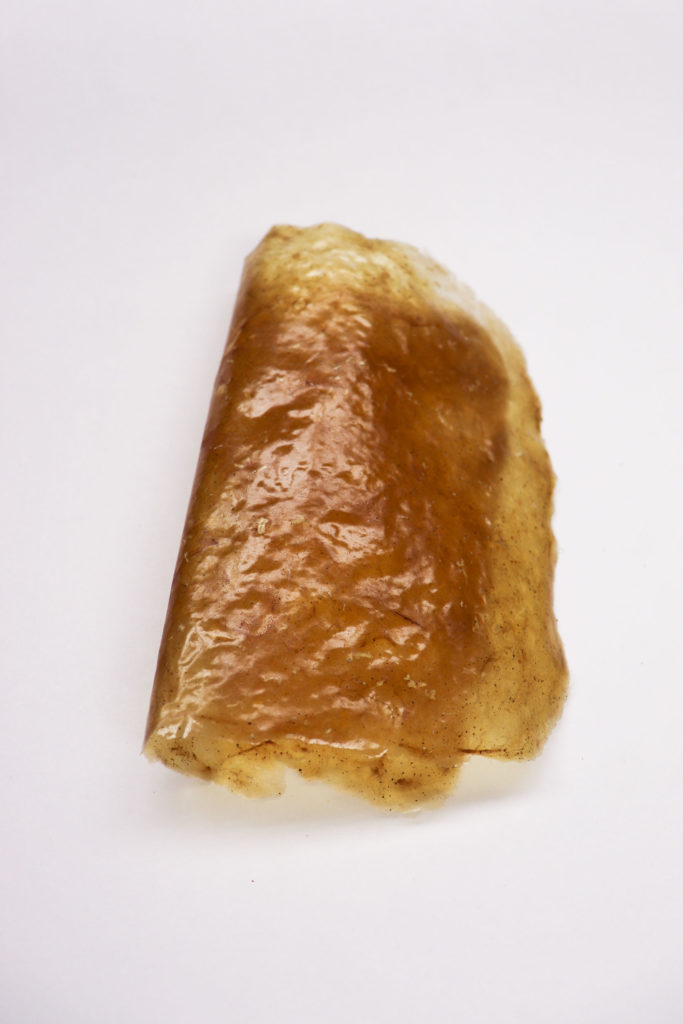

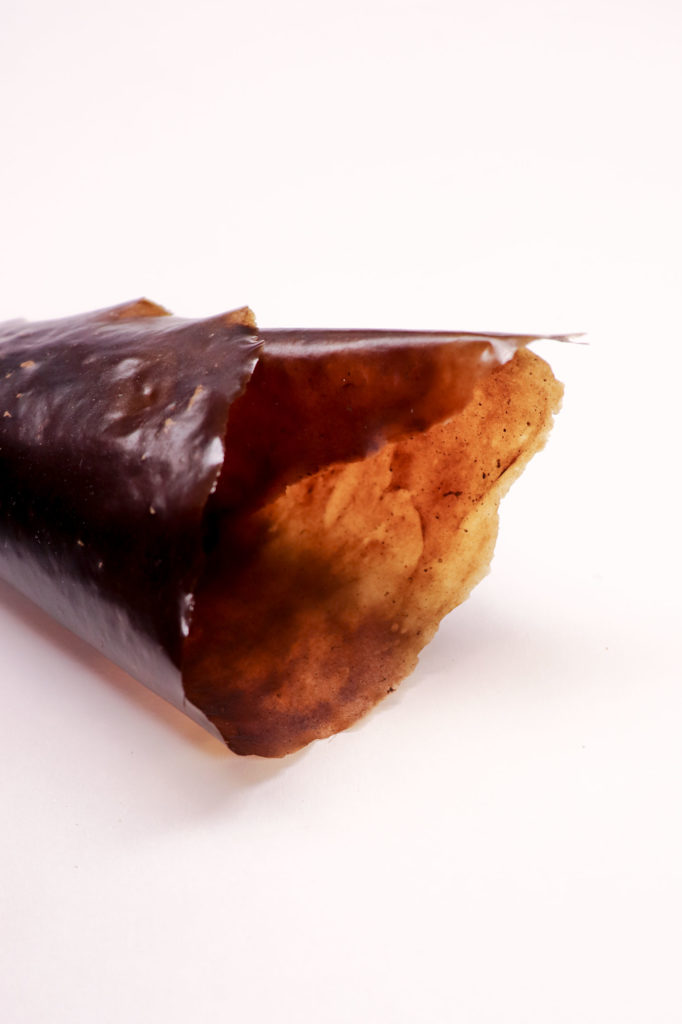
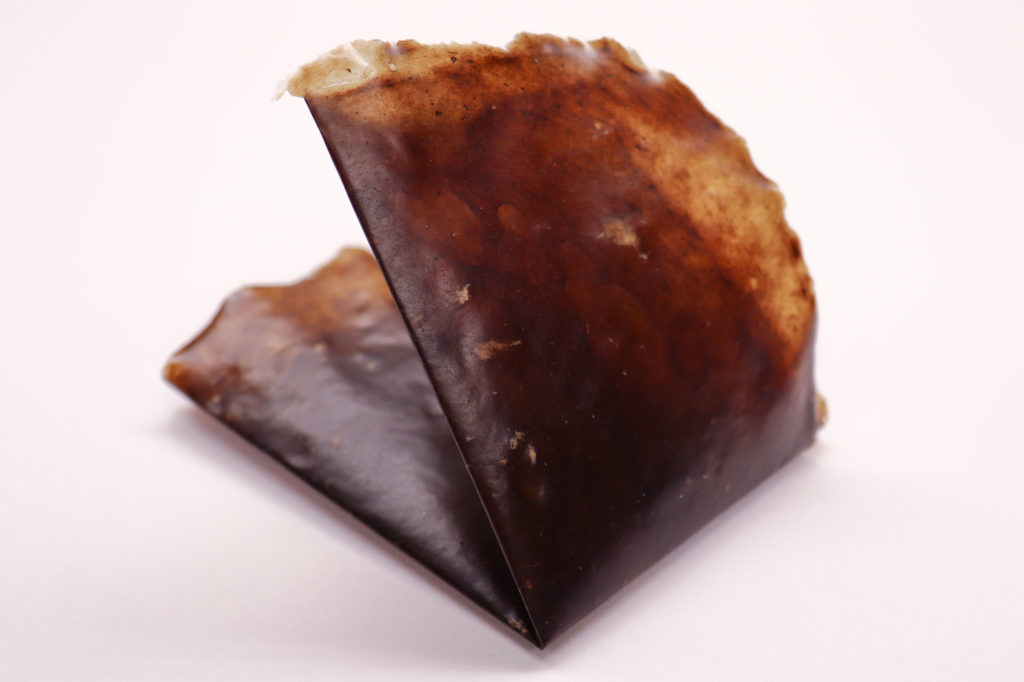
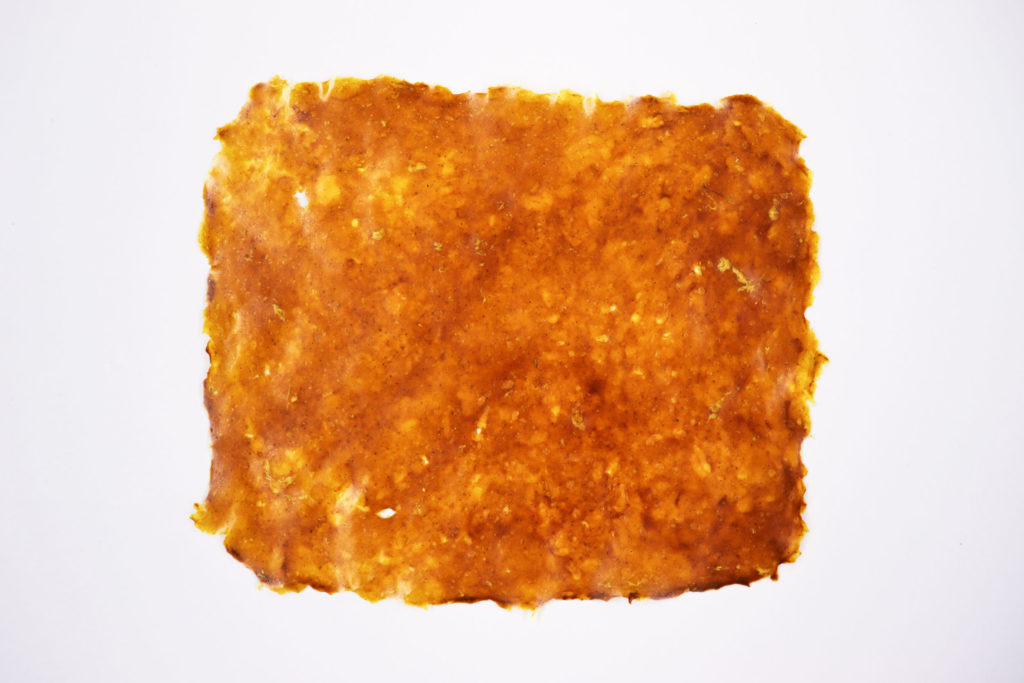
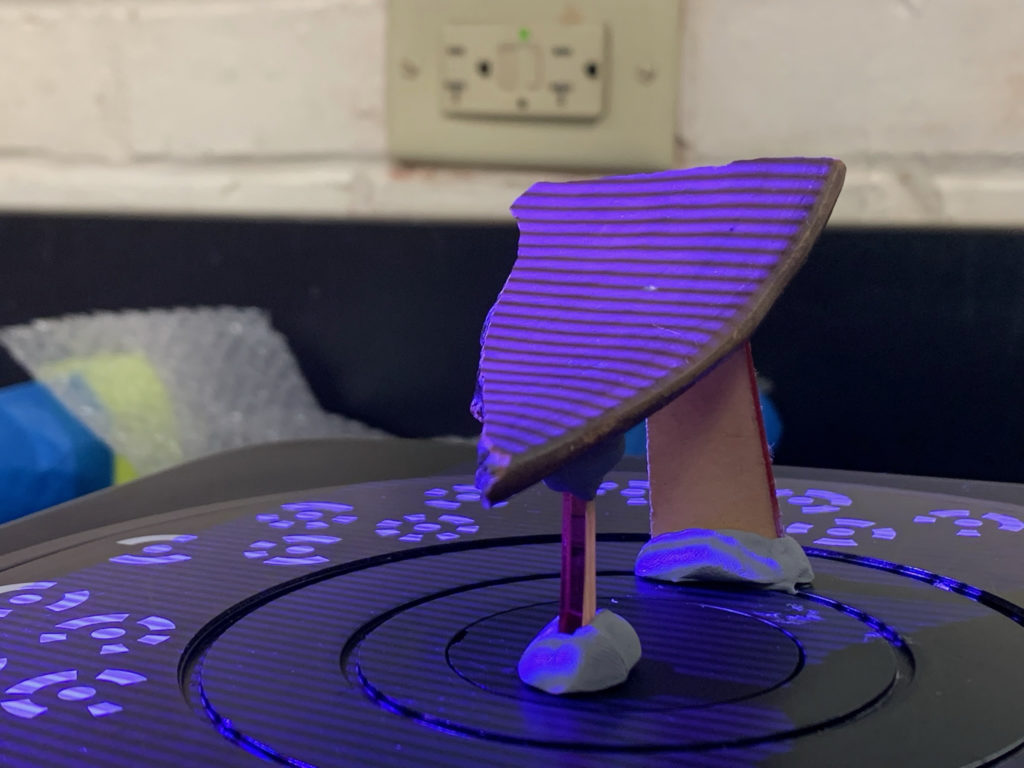



Object Information:
Unknown
Ceramic Bowl
20th Century (probably early)
Object Type: Ceramic-pottery
Material(s): ceramic
Dimensions: in 9 fragments
Donor: Katherine Burton Jones
Collection: 2002 misc
MoFA Number: 2002.13
Location: RM 134 SHELF 0-3 (Box 1)
The Digital Media Fab Lab recently created a series of trophies for the Florida Cultural Alliance’s 2022 Advocacy for the Arts rally at the Florida State Capital. Below are a few images that demonstrate our process.

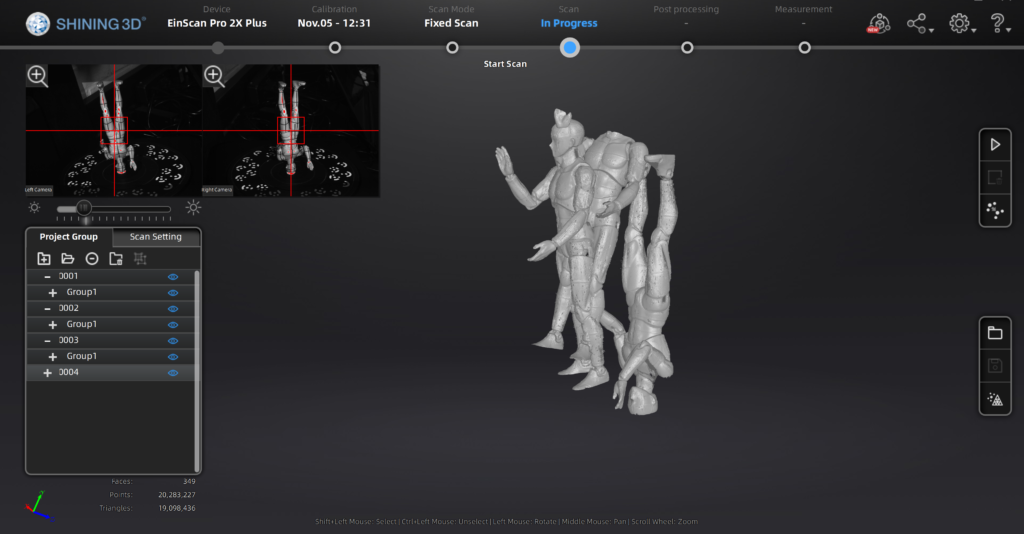
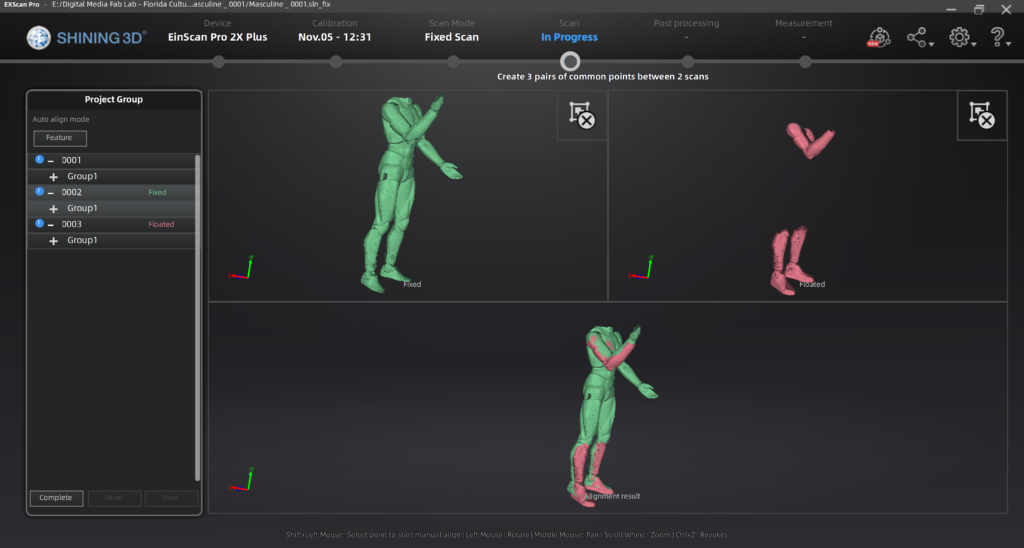
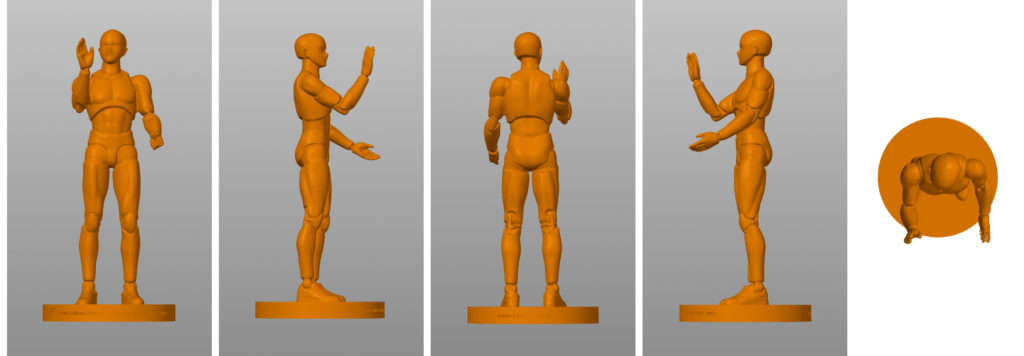
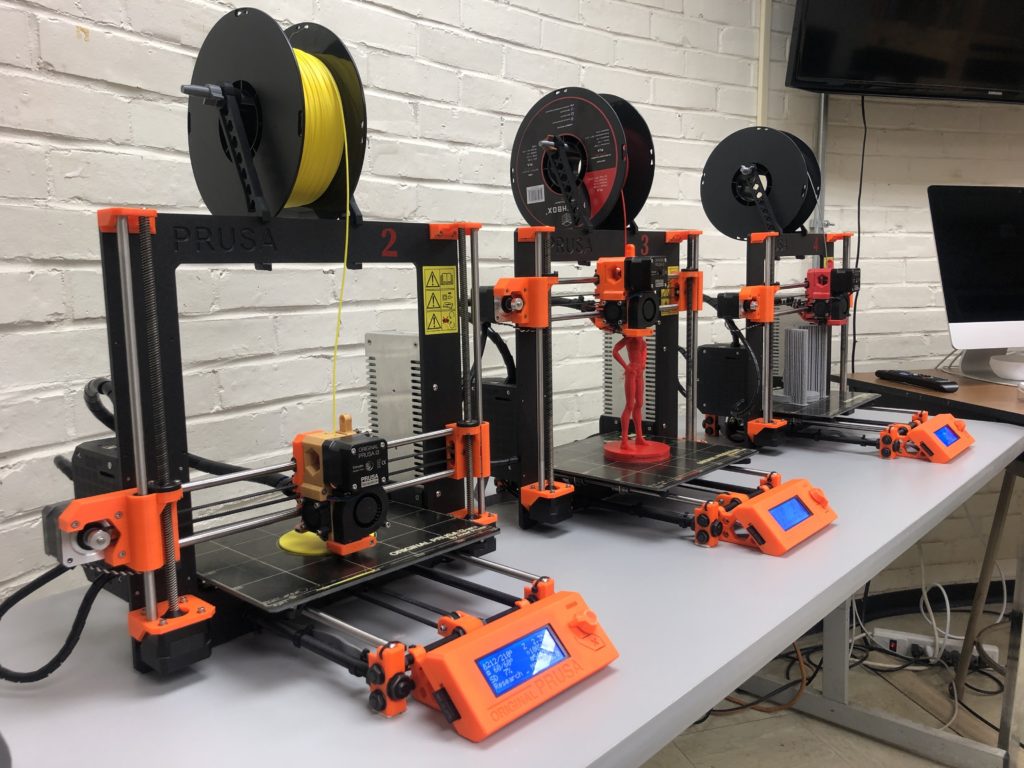
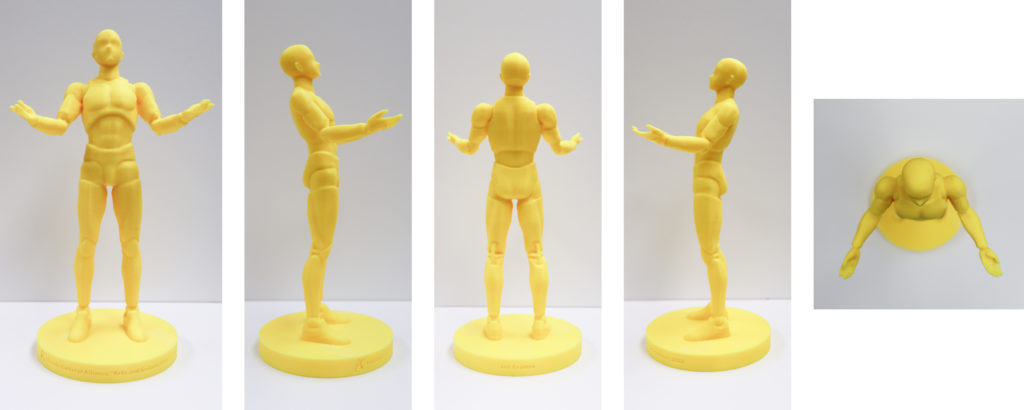
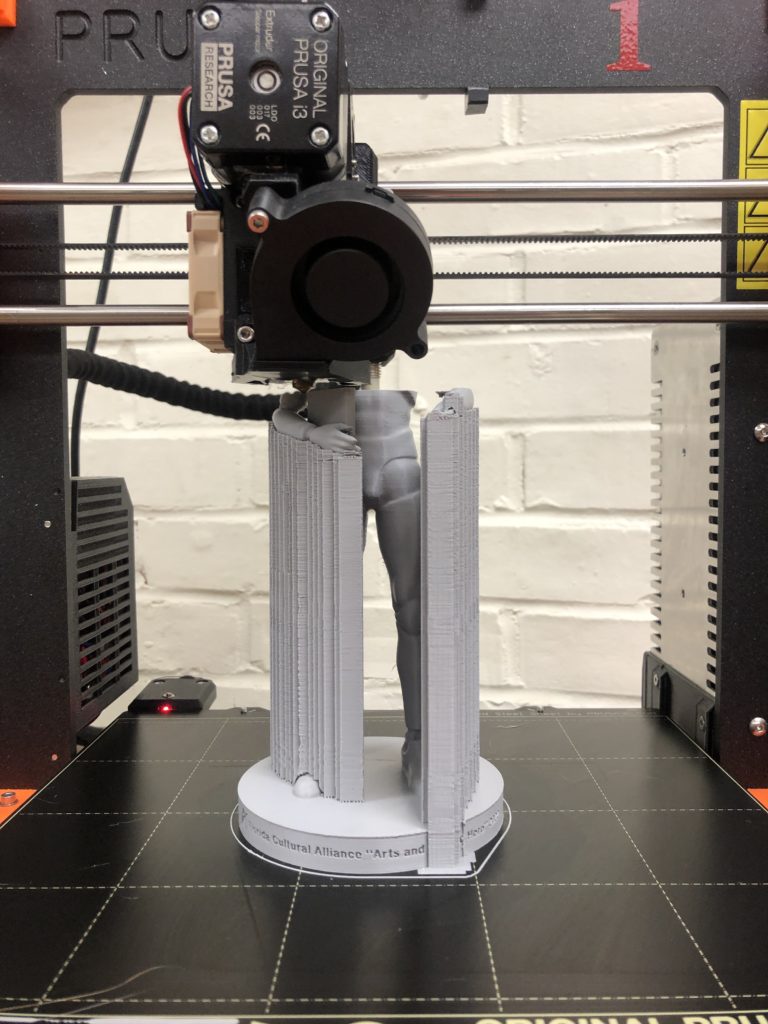
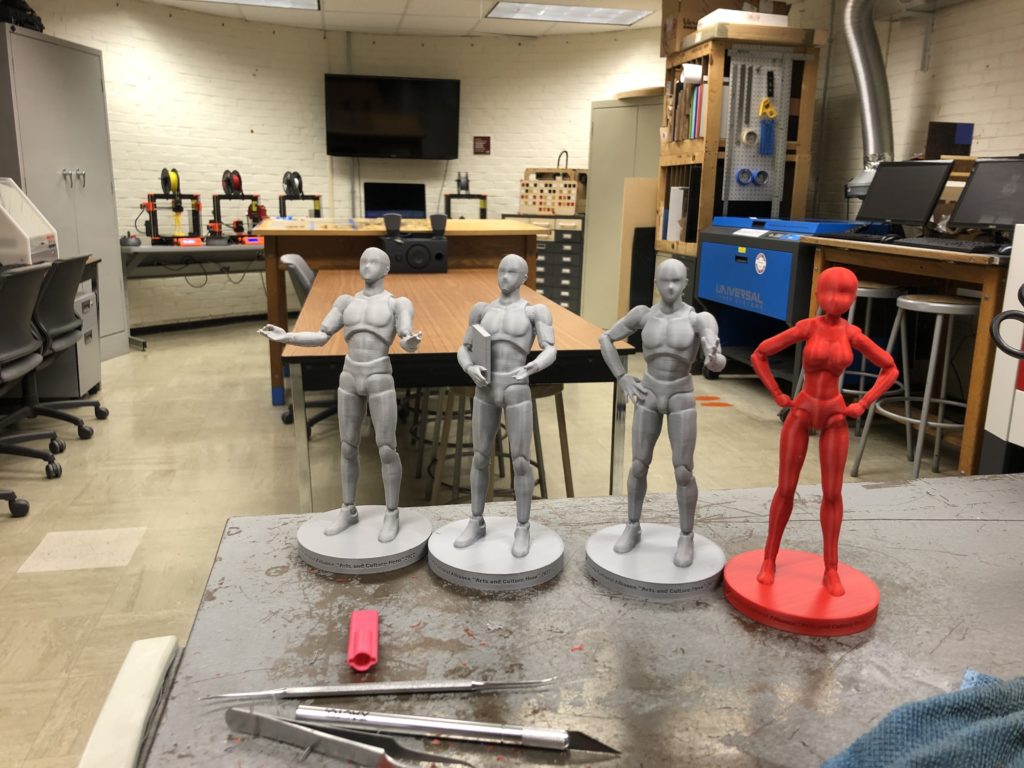
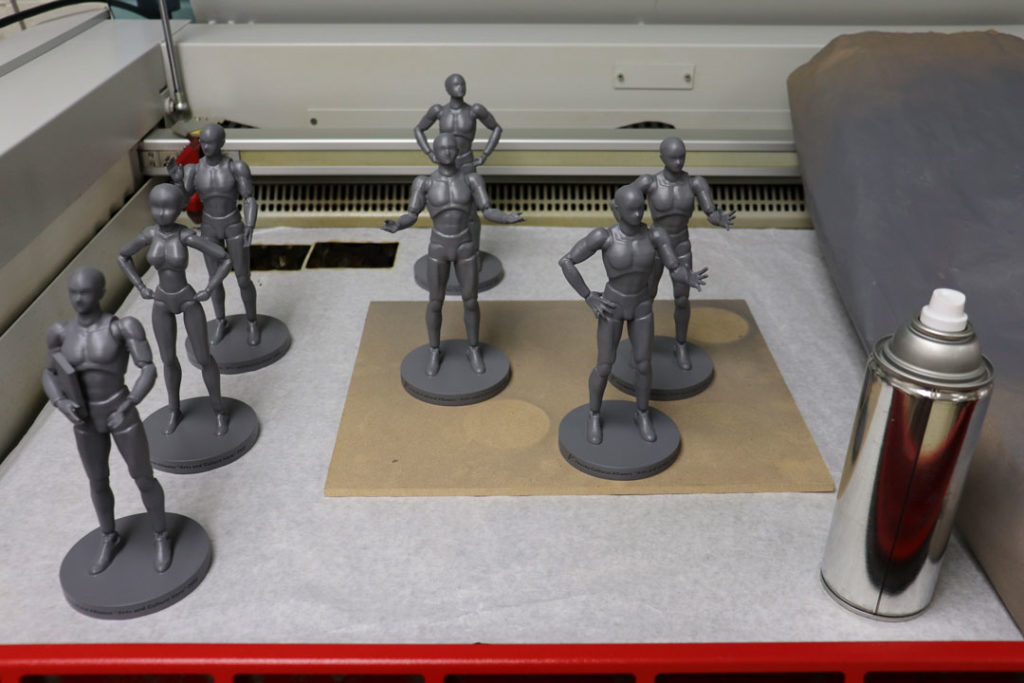
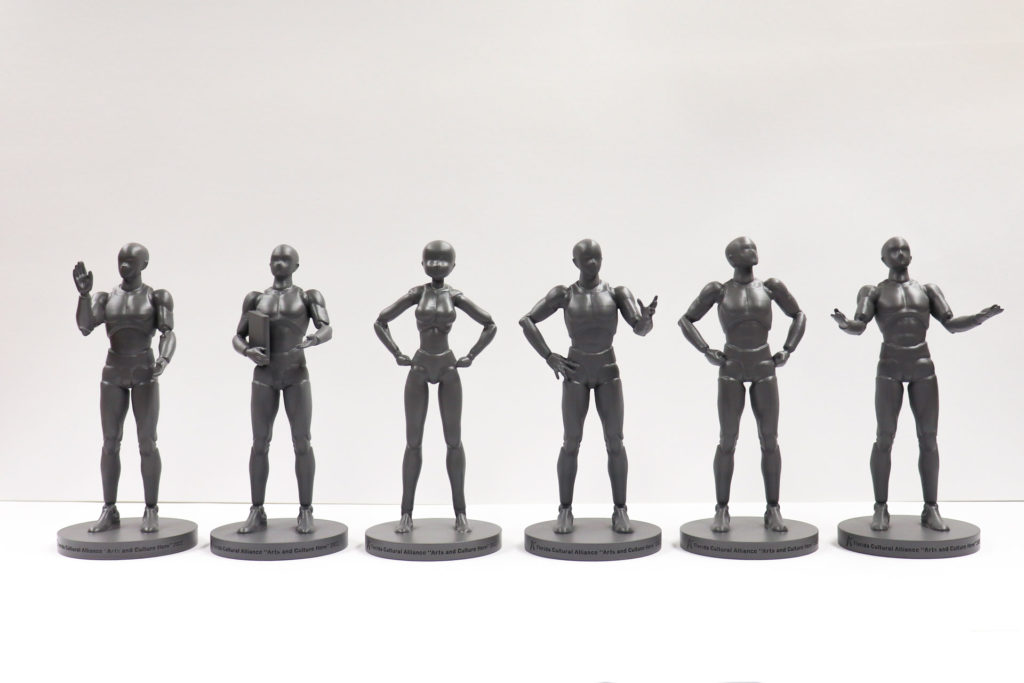
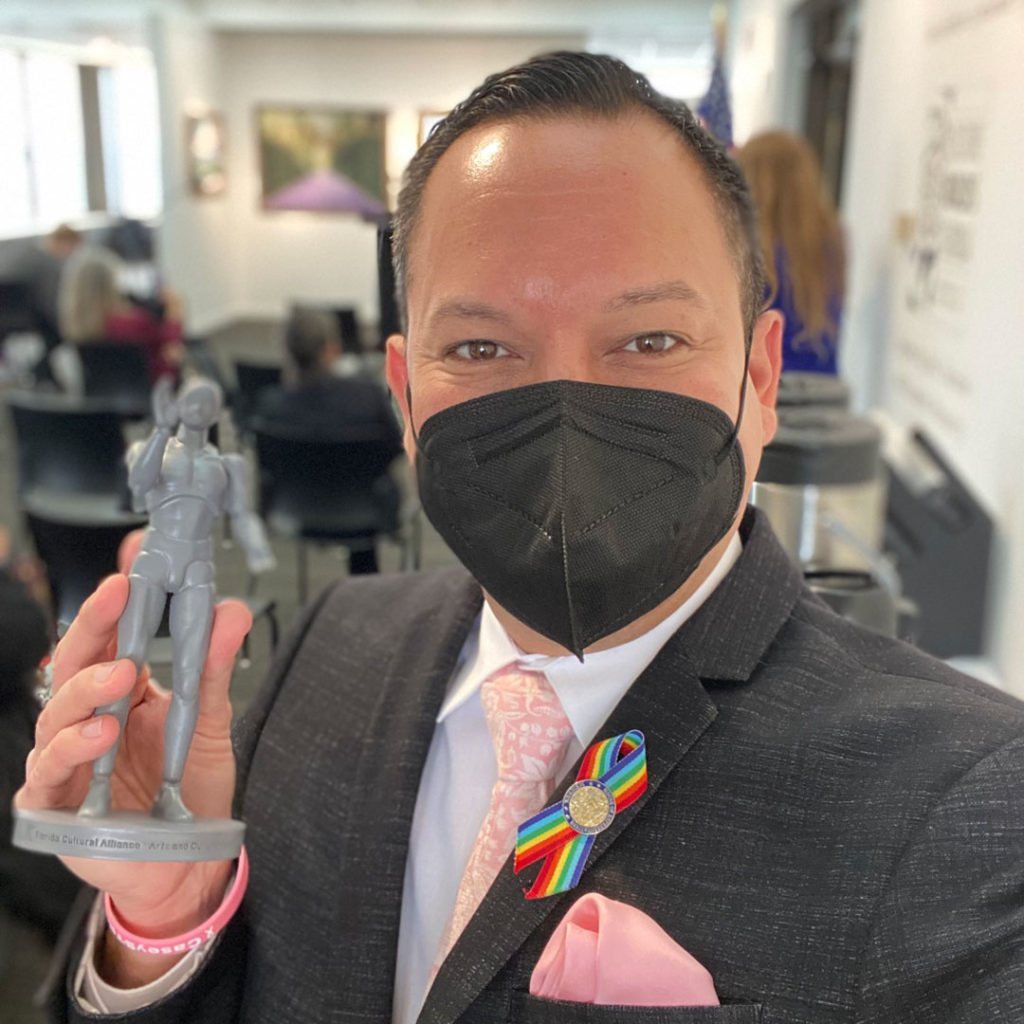
To find out more about the research project, contact Digital Media Labs, Manager – Caitlin Driver.
FSU Art’s Digital Media Fab Lab creates 3D trophies for Florida “Arts and Culture Hero” Awards
The Artwork: ‘Autogenesis’ created by Andy Mills explores concepts of transition states by engaging and synthesizing a personal history with a history of fabrication processes.
“This piece, Autogenesis, challenges the boundary between creation and destruction…
This piece is about creation.
This piece is about destruction.
This piece is about my own creation.
This piece is about my willful destruction.
This piece is about sacrifice.”
His process:
“I take a 6″x 8″ piece of plywood for relief carving; I make a vector image from one of Cranach’s Eden scenes (it’s not important which one); I laser-engrave the image onto the wood (I have a movement disorder that makes my hands unpredictable when I hand carve); I record this. And I note, ‘There is a conversation there, between the organic and the inorganic.’ And I note, ‘There is a conversation there, about the proliferation of images.’ And I note: I am making something. I already know that within 24 hours I will destroy it. And so: I take the engraved wood plate home; I roll ink on it; place a piece of paper on top; burnish it with a silver spoon my mother gave for lack of something more effective (and I watch a thin layer of silver deposit across the back of each print, a shining shadow); I collect my prints, I scan the wood plate, I record this. It’s a very personal shot, ten feet away from my bed, with my mother’s spoon. And then: I start a fire (in a fire pit, very safe); I find a jar (my mother’s jar, this piece is littered with my mother); I place the object of my creation, the laser-engraved wood (with its Renaissance Adam and Eve faceless-faces staring up at me) on the fire; I watch until it burns completely; I record this. And I note, ‘There is a narrative here, fire-made, fire-destroyed.’ And I note, ‘There is a narrative here, and it burns.’ And I note: I am making something. I do not record the process of collecting the ashes. But I do, and I put them in a jar. I order a photo print of the scan from the Walgreens Photo Desk. I put my prints in a neat little stack. And I wonder.”
Exhibition:
Photograph, Ashes, Prints, and QR Video
“…And I wonder.
What does it mean to own an image? The image is in the prints, the image is in the photograph, the image is in a jar, the image is still being made, still being destroyed, over and over, in the record of the process. The image is in the ink, that still smells like burning wood from contact with the engraved plate. The image is in a museum in Germany; it is online. It is the .jpg I appropriated in the beginning. It is the silver shadow. We are constantly making things, and we are constantly destroying them. We are constantly inventing ourselves, our bodies, and we are constantly reassessing them.
So, why did I make this piece? What is it about? Well, it’s about being transgender, and I can’t explain it.”